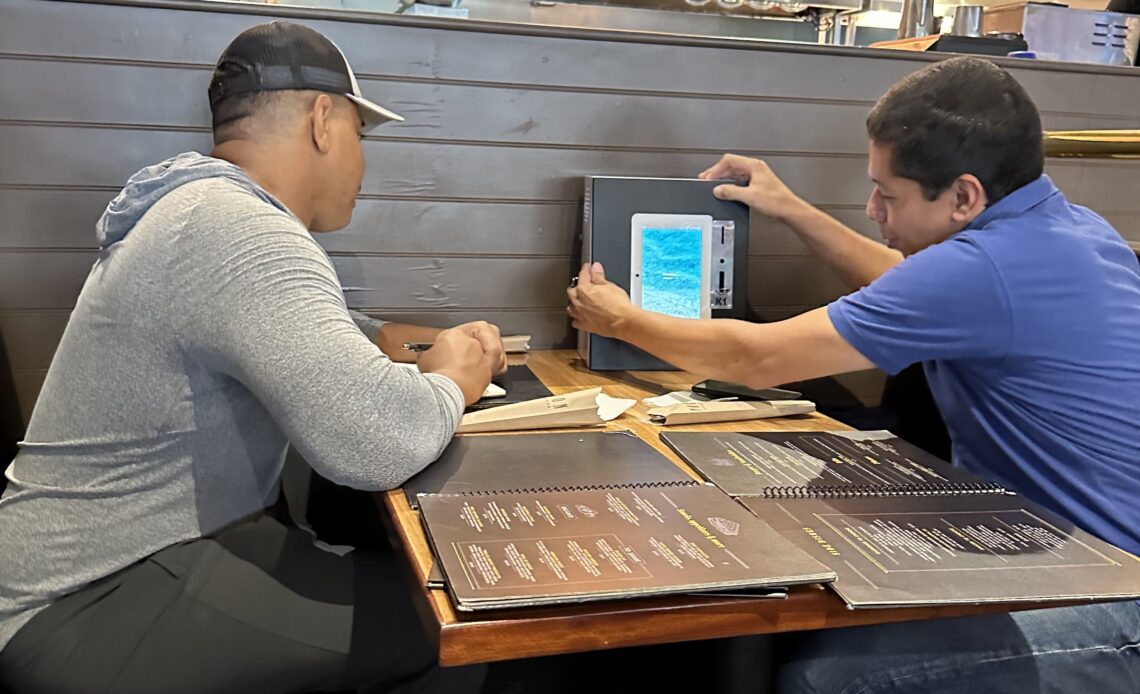This week, as I travel around El Salvador, I met with two people who are actively working to help increase the speed of Bitcoin adoption and to help foreign investors start Bitcoin-related businesses.
The current market price of Bitcoin, approximately $29,500, puts the prospect of owning a full bitcoin outside of the reach of most people. However, each bitcoin is subdivisible into one hundred million sub-units called “satoshis,” allowing anyone to exchange fiat-to-bitcoin in smaller amounts. Bitcoin investors refer to investing in smaller increments as “stacking sats.” This, paired with Layer Two (L2) integrations like the Lightning Network, are seen by many as the pathway to increasing Bitcoin use cases and elevating its role as a medium of exchange in commerce.
Jonathan Martin is a graduate of Stanford University, Georgetown University, and a student at The Wharton School, currently on leave immersing himself in the world of Bitcoin in El Salvador. His first diary entry is here.
I met with a Salvadoran entrepreneur named Edgar Borja for lunch, the founder of a company called K1, to learn about what he is building. Borja invented a Lightning-enabled ATM that massively reduces the frictional costs associated with the fiat-to-bitcoin conversions compared to other Bitcoin on-ramps that utilize the Layer One (L1) blockchain.
Shortly after sitting down for lunch, Borja pulled out a small metal box from his backpack with an LCD touch screen and placed it on the table. He plugged it into the wall and booted it up while explaining the technology it utilizes. The version of the device that he brought only accepted coins and looked like a mini slot machine. He said that K1 sells another version of the device that accepts fiat dollar bills.
Borja deposited 5 cents into the coin slot, tapped once or twice on the LCD screen, and directed me to hold up the QR code for my Lightning-enabled wallet (called Wallet of Satoshi) on my iPhone to the embedded camera. Within seconds, the equivalent of 5 cents in Satoshis arrived in my wallet. There was no fee associated with the transaction.
Read more: What Is Bitcoin’s Lightning Network?
The Lightning Network allows for near-instantaneous transactions, serving as a “bar tab” where people can exchange funds without using the slower underlying L1…
Click Here to Read the Full Original Article at Cryptocurrencies Feed…
























